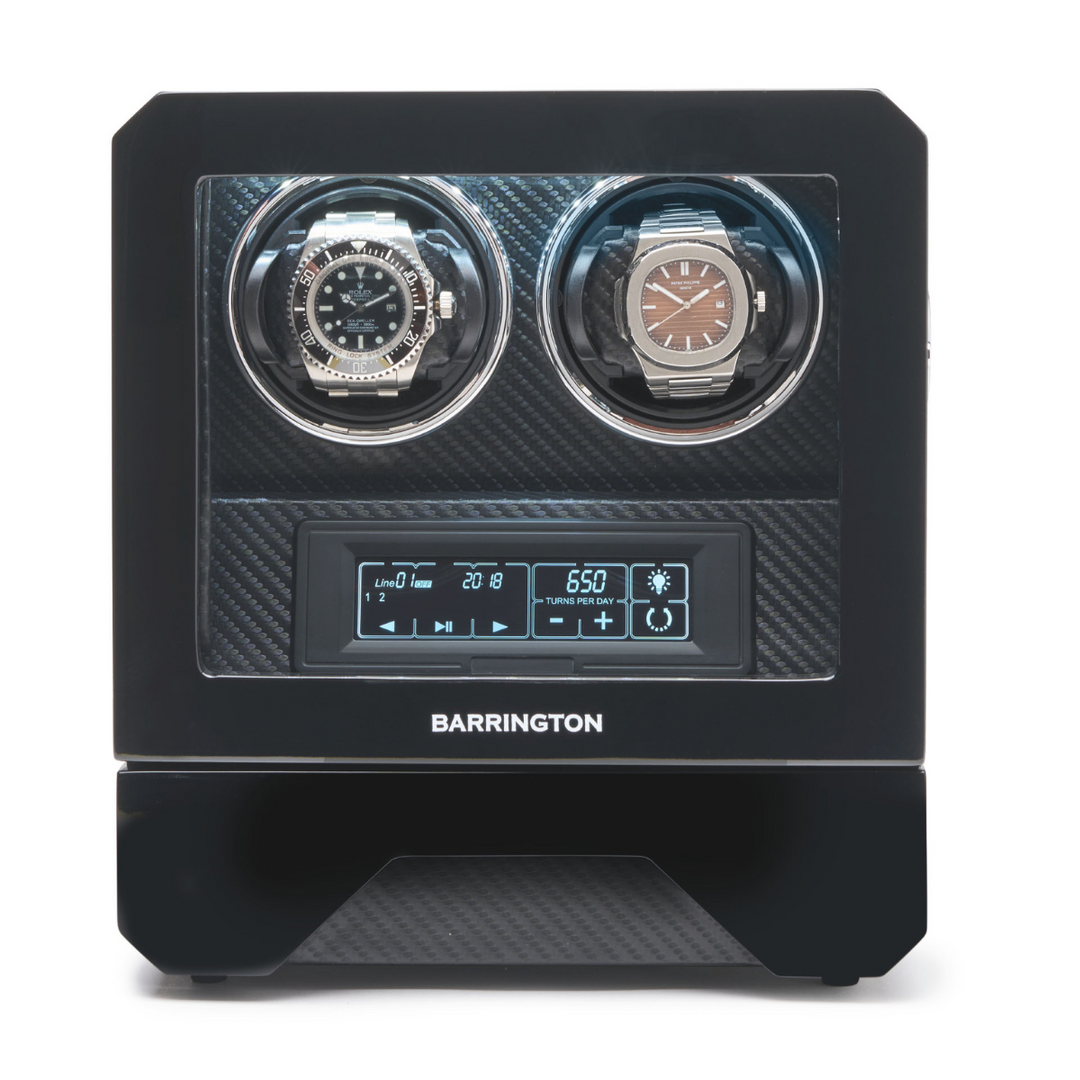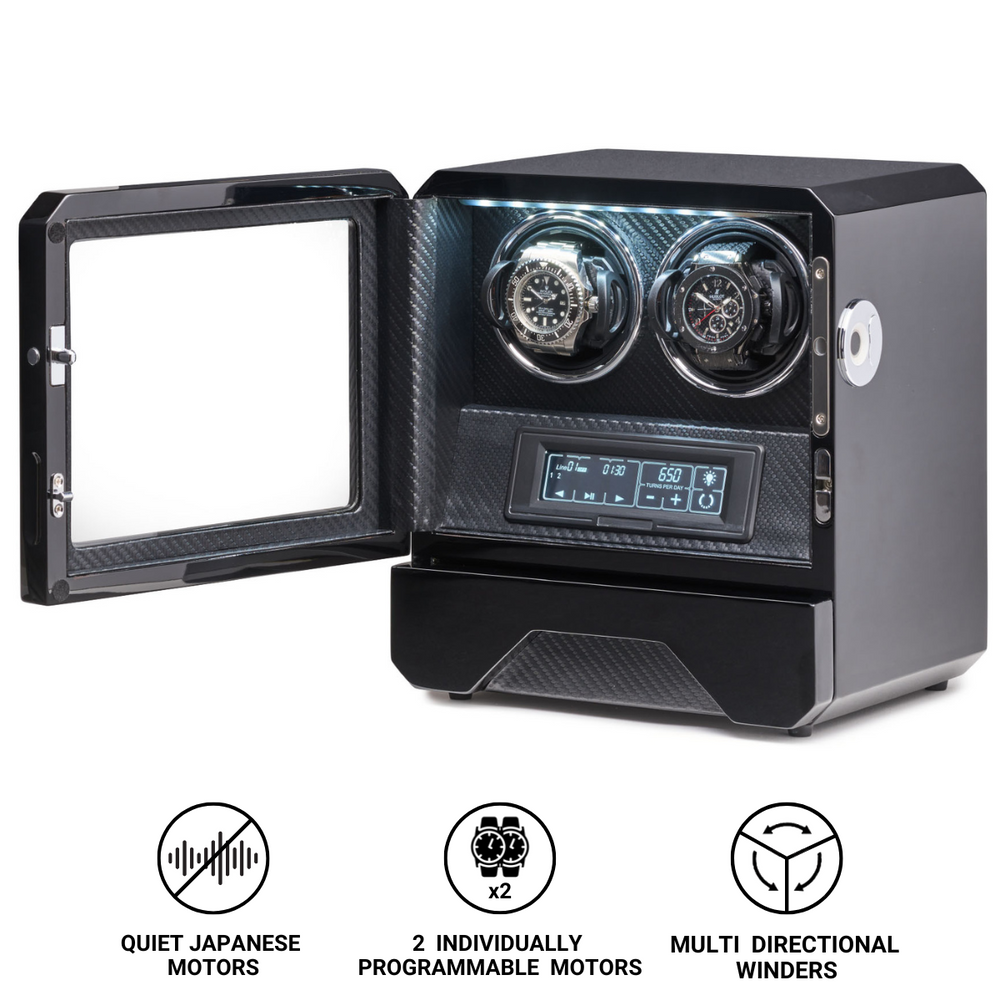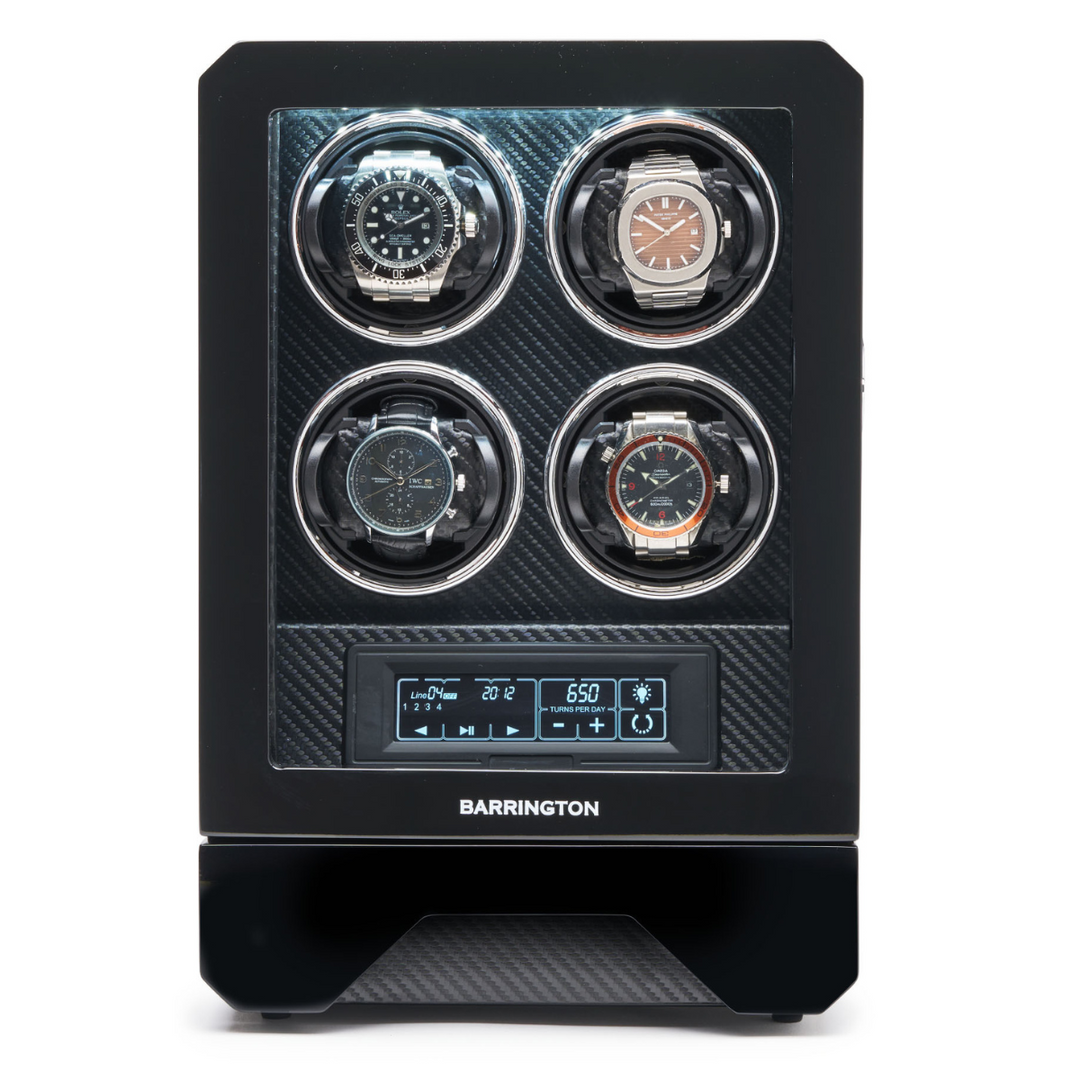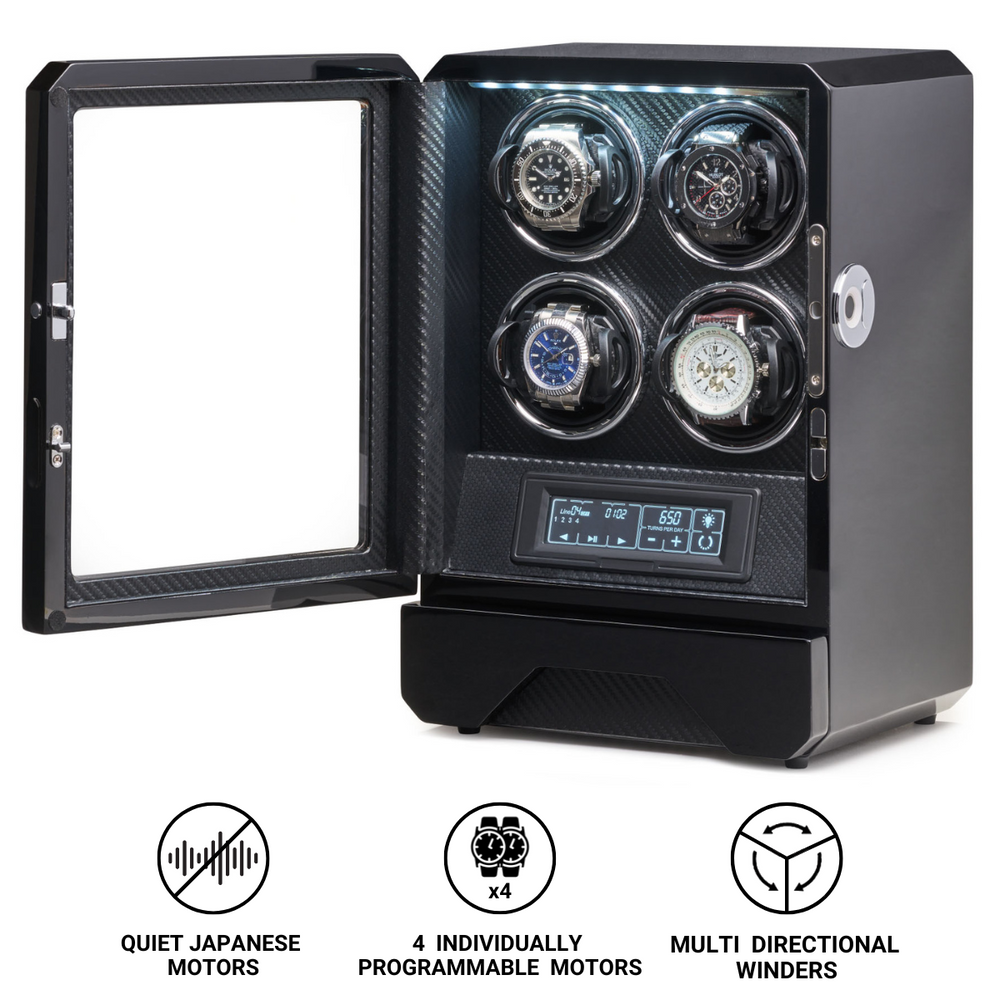What is Diver’s Watch?
Among the many categories of wristwatches, few hold as much universal appeal and technical prestige as the diver’s watch. Originally designed as an indispensable instrument for professional divers, it has since evolved into one of the most popular and iconic watch types in the world. A diver’s watch must combine rugged durability, absolute reliability, and effortless readability under extreme conditions. It must also meet strict standards of water resistance and safety, ensuring that it can perform in environments where human life depends on precision timing.
Beyond its utilitarian roots, the diver’s watch has become a symbol of adventure, endurance, and timeless design. From the early pioneers of underwater exploration to the luxury tool watches worn by collectors today, the diver’s watch tells a story of engineering brilliance and human determination to master the depths.
The Origins of the Diver’s Watch
The history of the diver’s watch begins in the early 20th century, at a time when advances in waterproofing technology began to make timepieces suitable for use underwater. In 1926, Rolex introduced the Oyster case, the first truly waterproof wristwatch case. Its hermetically sealed design was a breakthrough, protecting the movement from water, dust, and pressure. A year later, the swimmer Mercedes Gleitze famously wore a Rolex Oyster while crossing the English Channel, proving its resilience.
While the Rolex Oyster laid the groundwork, it was the 1930s and 1940s that saw the emergence of watches specifically designed for professional diving. Omega released the Marine in 1932, featuring a double-sealed case and glass crystal, while Panerai, working with the Italian Navy, created large, luminous watches built for underwater commandos.
However, it was the post-war era that truly defined the modern diver’s watch. In 1953, both Blancpain and Rolex released models that set the blueprint for all future dive watches: the Blancpain Fifty Fathoms and the Rolex Submariner. These watches introduced the now-standard rotating bezel, large luminous markers, and guaranteed water resistance to significant depths. Their designs became the foundation for decades of innovation and remain timeless icons of the genre.
The Purpose and Function of a Diver’s Watch
A diver’s watch is more than a stylish accessory. It is a precision instrument designed to help divers measure time spent underwater and manage their decompression schedules safely. Accurate timing is critical during dives, as even minor errors can lead to decompression sickness or oxygen depletion.
The watch’s most distinctive feature, the unidirectional rotating bezel, serves as a simple yet effective countdown timer. Before a dive, the diver aligns the bezel’s zero marker with the minute hand. As time passes, the bezel shows elapsed minutes, allowing the diver to monitor dive duration at a glance. The bezel rotates in only one direction to prevent accidental misadjustment that could result in overestimating remaining air supply.
In addition to timing, a diver’s watch must maintain flawless performance under intense pressure, temperature changes, and exposure to saltwater. Every element of its design, from the crown to the crystal, must be engineered to resist corrosion, maintain visibility, and protect the movement from intrusion by water or debris.
Technical Standards and Depth Ratings
Modern diver’s watches are governed by strict international standards that ensure their performance under real-world diving conditions. The most widely recognised is ISO 6425, which defines the criteria for a true diving watch.
Under ISO 6425, a diver’s watch must meet the following requirements:
-
Water Resistance of at Least 100 Metres
A minimum water resistance rating of 100 metres (330 feet) is required, although most professional models exceed this significantly. Many contemporary divers are rated for 200, 300, or even 1000 metres. -
Unidirectional Rotating Bezel
The bezel must rotate only counterclockwise and include clear minute markings to allow divers to measure elapsed time safely. -
Legibility Underwater
The dial, hands, and markers must be visible from a distance of 25 centimetres in complete darkness. This ensures the diver can read the time even in murky or low-light environments. -
Shock, Magnetic, and Chemical Resistance
A diver’s watch must withstand physical shocks, magnetic interference, and prolonged exposure to saltwater without degradation. -
Helium Escape Valve (Optional)
For watches designed for deep saturation diving, a helium escape valve is used to release trapped gas during decompression, preventing the crystal from popping off due to internal pressure. -
Endurance and Strap Security
The strap or bracelet must be able to withstand a minimum force of 200 newtons without detaching from the case.
In addition, ISO 6425 requires the watch to undergo pressure testing at 125 percent of its stated depth rating. This ensures a safety margin that guarantees reliability even under variable conditions.
Design Elements of a Diver’s Watch
The form of the diver’s watch is dictated by its function, resulting in one of the most recognisable silhouettes in all of horology. Every component is designed with purpose and performance in mind.
The Case
The case of a diver’s watch is typically made from corrosion-resistant materials such as stainless steel, titanium, or ceramic. It must be thick and precisely machined to withstand high pressures. Some watches, like the Rolex Deepsea, feature multi-layered case constructions that can endure depths of over 10,000 metres.
The Bezel
Perhaps the most iconic element of a dive watch, the bezel is used to track elapsed time underwater. It is unidirectional for safety and often features a luminous zero marker. Bezels may be made from aluminium, ceramic, or sapphire to resist scratching.
The Crystal
The crystal must endure both external pressure and impacts. Sapphire is the most common choice for modern divers due to its hardness and clarity. Earlier models often used acrylic or mineral glass, which offered more flexibility but were prone to scratching.
The Dial and Hands
High legibility is essential underwater, where light diminishes rapidly. Diver’s watches feature large hands and indices coated with luminous material. Many employ contrasting colours and bold markers to enhance readability in darkness.
The Crown and Caseback
A screw-down crown and caseback create a watertight seal, ensuring that no moisture can penetrate the movement. Some professional models use double or triple gaskets for added protection.
The Strap or Bracelet
The strap must be durable and secure, often made from stainless steel, rubber, or fabric (such as NATO straps). Many bracelets include extension systems that allow the watch to fit over a wetsuit.
The Evolution of Water Resistance
The pursuit of greater water resistance has driven many of the most important innovations in watchmaking. Early dive watches were rated for modest depths of around 100 metres, but technological advances have pushed those limits dramatically.
In the 1960s and 1970s, brands such as Omega, Seiko, and Doxa competed to create ever-deeper-rated watches. The Omega Seamaster 600 “Ploprof,” Seiko 6159 Professional Diver, and Doxa SUB 300 all introduced new materials and sealing systems that set new standards.
By the 1980s, Rolex’s Sea-Dweller series and Citizen’s Aqualand models had expanded the professional diver’s toolkit, introducing features such as automatic helium valves and integrated depth gauges. Today, watches like the Omega Seamaster Ultra Deep and Rolex Deepsea Challenge have reached depths far beyond human diving capability, serving as testaments to the strength of modern engineering.
Iconic Diver’s Watches Through History
The history of the diver’s watch is filled with legendary models that have defined the category and become cultural symbols.
-
Blancpain Fifty Fathoms (1953)
The first purpose-built diver’s watch, developed for the French Navy’s combat swimmers. It introduced the unidirectional bezel and luminous markers that became the standard for all dive watches to follow. -
Rolex Submariner (1953)
Perhaps the most famous diver’s watch ever made, the Submariner set the benchmark for style and function. Its blend of ruggedness, elegance, and precision has made it a timeless classic. -
Omega Seamaster (1948 onwards)
Originally a water-resistant watch, the Seamaster evolved into a full-fledged diving instrument in the 1950s. Modern versions remain among the most advanced in the world. -
Seiko Diver’s 62MAS (1965)
Japan’s first professional diving watch, renowned for its reliability and value. Seiko continues to innovate in the field with models that offer exceptional performance at accessible prices. -
Doxa SUB 300 (1967)
Known for its bright orange dial and ergonomic design, the Doxa SUB was the first watch specifically designed for recreational divers. Its visibility and comfort made it a favourite among professionals and enthusiasts alike.
Each of these watches contributed innovations that shaped the modern diver’s watch and cemented its place as both a tool and a design icon.
The Diver’s Watch as a Cultural Symbol
While diver’s watches were originally conceived as tools for professionals, their aesthetic appeal and versatility have made them indispensable in everyday life. They embody a spirit of adventure, resilience, and technical mastery that resonates far beyond the world of diving.
In popular culture, the diver’s watch has become a symbol of capability and sophistication. From the Rolex Submariner worn by James Bond to the Omega Seamaster associated with modern cinematic heroes, the diver’s watch conveys confidence and elegance in equal measure. Its robust construction and timeless design make it suitable for both the boardroom and the ocean floor.
Maintenance and Care
Despite their toughness, diver’s watches require regular maintenance to ensure their performance. The seals and gaskets that provide water resistance degrade over time and should be replaced periodically. It is also important to have the watch pressure-tested after servicing or before any prolonged underwater use.
After exposure to saltwater, the watch should be rinsed thoroughly with fresh water to prevent corrosion. Crowns should always be fully secured before immersion, and pushers should never be operated under water unless specifically designed for that purpose.
Proper care ensures that a diver’s watch retains its functionality and remains a reliable companion for decades.
The Modern Diver’s Watch
Today, the diver’s watch occupies a unique position at the intersection of utility and luxury. It is both a professional tool and a style statement. Advances in materials such as titanium, ceramic, and synthetic sapphire have made modern divers lighter, stronger, and more resistant than ever.
Brands continue to innovate with features like depth sensors, hybrid analog-digital displays, and advanced lume technologies. Yet the essence of the diver’s watch remains unchanged: clarity, precision, and dependability in the most demanding environments.
Whether used for deep-sea exploration, sports, or daily wear, the diver’s watch continues to represent one of the greatest achievements in horological engineering.
Conclusion
The diver’s watch stands as a perfect fusion of functionality and design. Born from necessity and perfected through decades of innovation, it has transcended its original purpose to become a symbol of craftsmanship and endurance. Every element of its construction—from the unidirectional bezel to the luminous dial—serves a purpose rooted in safety and reliability.
To wear a diver’s watch is to carry a piece of human exploration on the wrist, a reminder of our desire to push boundaries and conquer the unknown. Whether descending into the depths or navigating the challenges of daily life, the diver’s watch remains a timeless companion that unites technical mastery with enduring style.









